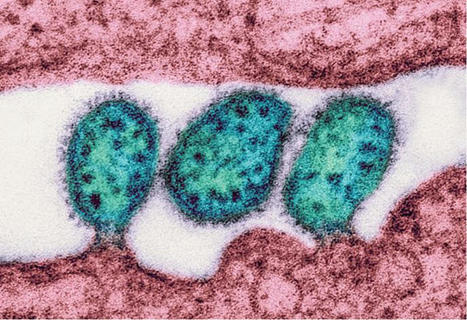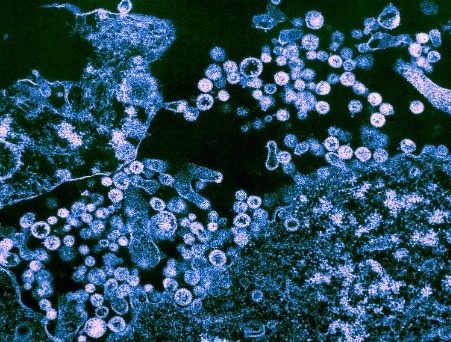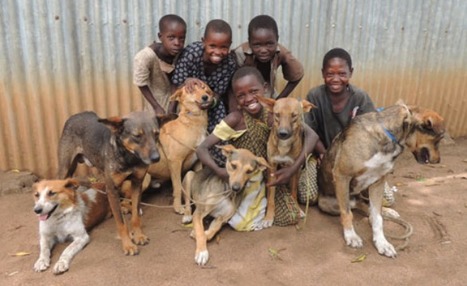A new monoclonal antibody cocktail neutralizes a dangerous virus circulating West Africa: Lassa Virus. Monoclonal antibodies are among our greatest assets in treating and preventing virus-induced disease. While the spotlight has focused squarely on Covid-19 monoclonal antibodies throughout the pandemic, antibody candidates for other severe pathogens have also made strides forward. Here we describe a new antibody cocktail that neutralizes a lesser known but nonetheless dangerous virus circulating West Africa: Lassa Virus.
What is Lassa Virus?
Lassa Virus is a pathogen responsible for Lassa hemorrhagic fever, which afflicts between 300,000 and 500,000 people per year, commonly in West African countries, including Nigeria, Liberia, Sierra Leone, Guinea, and Ghana. Lassa fever has a mortality rate of roughly one percent. Pregnant women are at the greatest risk of death, with up to a 90% fatality rate. The symptomatic cases present issues such as fever, headaches, vomiting, and muscle pain. Spread typically occurs via contact with infected mice excrement or urine, though direct contact spread from person to person is also common. Unfortunately, a vaccine is not yet available for the virus, and antivirals are weak at best. Lassa Virus, like SARS-CoV-2, is an RNA virus that constantly mutates. A therapy or prophylactic to fill the void of Lassa Virus drugs is needed.
Lassa Virus Monoclonal Antibody Therapy
Fortunately, a new candidate may be just around the corner. A group of researchers from the La Jolla Insitute for Immunology in California led by Dr. Erica Ollmann Saphire have identified a cocktail of three antibodies that bind and neutralize the Lassa Virus. This same group discovered a broadly accepted cocktail of monoclonal antibodies for Ebolavirus, which we have previously described. This cocktail arrived just in time as the current to treat the current epidemic caused by the Sudan strain of Ebolavirus in Nigeria. The new Lassa Virus therapy, denoted Arevirumab-3, is comprised of three distinct antibodies, each one binding distinct regions of the Lassa Virus glycoprotein. The Lassa Virus spike protein comes in a set of three identical subunits embedded into the membrane. The virus is synthesized as a single long polypeptide and is cleaved into three parts, a leader sequence, GP1 which encodes the receptor-binding function, and GP2 embedded into the membrane (Figure 1).
8.9F inhibits virion-cell attachment by blocking the GPC/α-DG interaction
The first antibody, 8.9F, binds the top of the spike trimer, stretching across all three portions of the glycoprotein. 8.9F is an unusual antibody as the single antibody binds all three faces of the trimer. The antibody also binds the three cleavage sites of the GP1 subunits. It binds the portion of the glycoprotein that attaches to the host cell, directly inhibiting virion-cell attachment by mimicking the cell alpha-dystroglycan receptor. The 8.9F antibody also specifically binds a glycan, N119, which is required for neutralization activity. This glycan is required for alpha-dystroglycan receptor-binding, so 8.9F’s recognition is surprising.
A native N89 glycan plays a central role in 12.1F/LASV GPC recognition
The second antibody, 12.1F, binds to a separate site on GP1, directly interacting with N-glycans for neutralization activity. The antibody binds more membrane-proximal and has direct interaction with six crucial amino acid residues and critical glycans N89 and N109. To infect a cell, the Lassa Virus must bind the cell membrane and be engulfed by a cellular endosome. Then the protein undergoes a structural change to bind the LAMP-1 protein in the endosome interior. Binding to LAMP-1 is essential for fusion of viral and cell membranes and entry into the cytoplasm where replication occurs. 37.2D neutralizes LASV by locking the GPC trimer in an inactive configuration. The third antibody, 37.2D, binds two adjacent subunits of GP2. The antibody stretches across subunits, locking the trimer in place by binding conserved peptides and conserved glycans N390 and N395. 37.2D is special in that it attacks GP2 at a unique angle, stabilizing the pre-fusion trimer, preventing fusion activation and, therefore, infection. These three mechanisms work together to yield a highly effective antibody cocktail. One critical question for monoclonal antibody treatment, is can the virus escape via mutation in the binding sites? Dr. Ollmann Saphire's team shows that such is the case for treatment with a single 8.9 F antibody. However, no resistance mutations arose when using the cocktail of all three antibodies, nor was the virus capable of escaping. The Arevirumab-3 antibody may provide a long-awaited answer to the lack of treatment and prevention of Lassa infections. This is particularly important for cases involving pregnant women and their fetuses. It will be important to reduce the costs of this antibody cocktail as much as possible so that it is available when needed in West Africa. Current technologies allow monoclonal antibodies to be produced at $200 and $250 per gram.
The next step in the development of the control of Lassa Fever is the development of a vaccine effective against all Lassa Virus variants. This work may serve as a guide for the creation of such a vaccine.



 Your new post is loading...
Your new post is loading...













